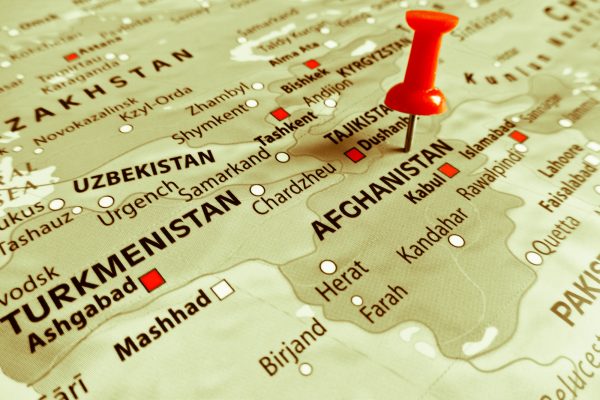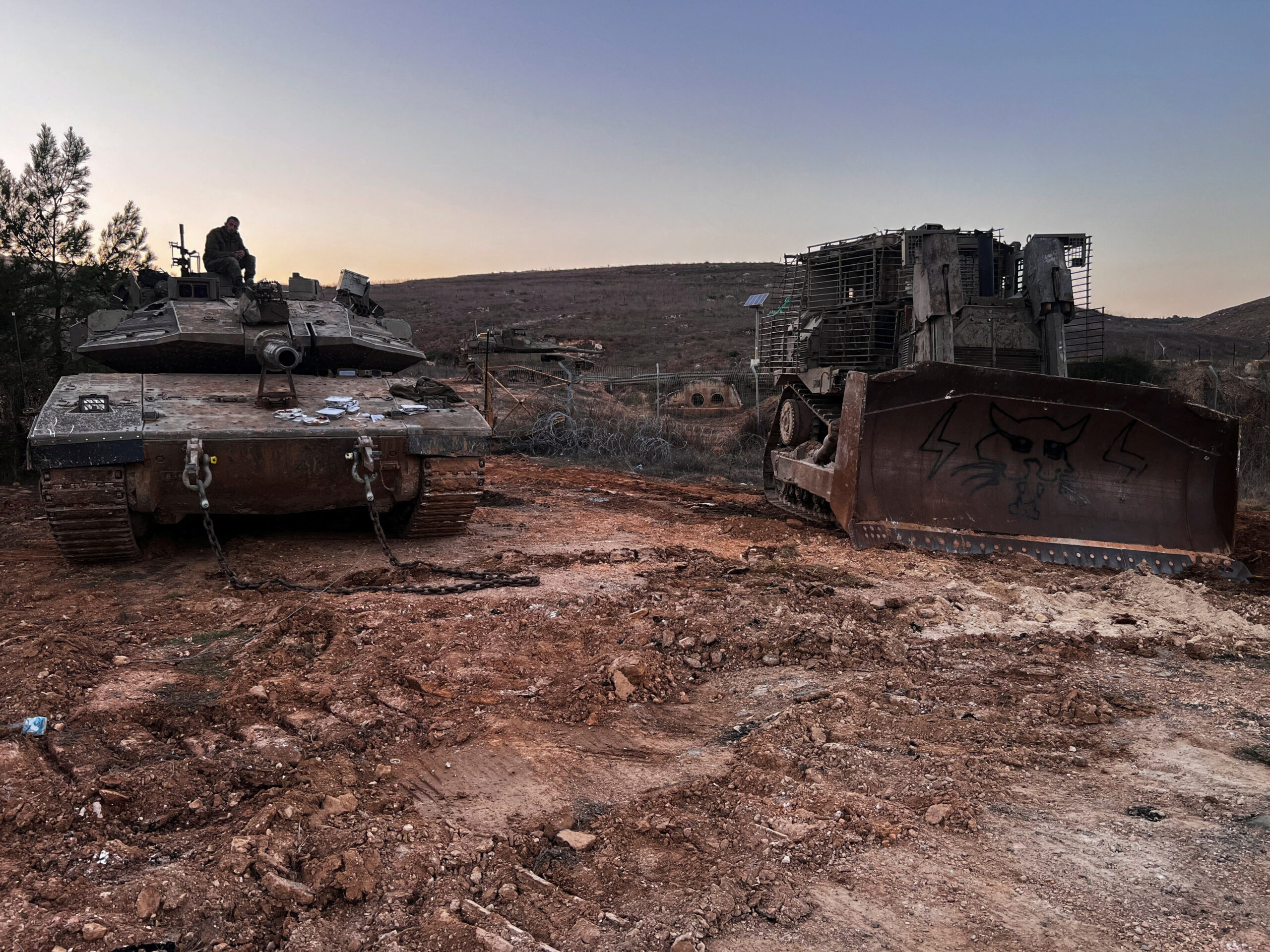
Shortly after capturing Kabul, the Taliban were quite careful and positive in their messaging. This thin veneer seems to be slipping now.
In the second week of September, the Taliban announced the initial structure of their government setup. Despite the many promises to be inclusive and bring all relevant stakeholders on board, the regime is a who’s who of hardliner Taliban loyalists and stalwarts. There are no women. The Hazara minority is painfully missing. Even the prominent powerbrokers from previous regimes, like Gulbuddin Hekmatyar, Dr. Abdullah Abdullah, Hamid Karzai, and Omar Zakhilwal are missing.
There have been protests since the fall of Kabul, primarily by women, demanding equal rights as the country switches back to Taliban rule. The Taliban have used aerial firing and physical violence to disperse crowds. In the latest development, these protests have been declared arbitrary and summarily banned. Women’s sports have reportedly also been banned.
This bodes ill for the Taliban’s many other promises, and further complicates the role of the regional states: Pakistan, China, Iran, Russia, and the Central Asian republics. The Taliban seek legitimacy, and to achieve this they know they need to show the world how they have changed for the better. Only that will lead to regional, and hopefully, global recognition.
The Neighbors’ Concerns
Enjoying this article? Click here to subscribe for full access. Just $5 a month.
A main concern for all neighbors is Afghan soil being used for terrorist activities across the border. There are deeper nuances and specifics for each neighboring state, however.
Iran
Diplomat Brief Weekly Newsletter N Get briefed on the story of the week, and developing stories to watch across the Asia-Pacific. Get the Newsletter
Iran is playing it safe and hedging its bets, having both publicly supported the Afghan government in the past and developed ties with the Taliban. By virtue of its rivalry with the United States, Iran has unilaterally celebrated the U.S. withdrawal as a victory for the Afghan people, a sentiment echoed repeatedly by the Taliban and by Pakistan’s Prime Minister Imran Khan. Iran’s biggest concerns are having the U.S. be out of its backyard, and ensuring that Afghanistan stays stable and does not become a breeding ground for terrorism, thus preventing future invasions of the region.
It is worth mentioning that Iran was one of just four embassies that continued operating in Kabul after the Taliban takeover. The other three belonged to Pakistan, China, and Russia.
China
China is concerned with the East Turkestan Islamic Movement (ETIM). They previously made efforts around the turn of the century to convince the Taliban to do everything in their power to not allow any Uyghur militant groups to operate in the region. Pragmatism and cautious optimism have been the key components of China’s viewpoint on Afghanistan for the past two decades.
The Taliban have already declared China to be their greatest partner, following Chinese Foreign Minister Wang Yi’s meeting with Mullah Abdul Ghani Baradar on July 28, 2021. The Taliban are also keen on becoming part of the Belt and Road Initiative (BRI), the flagship of which is the China-Pakistan Economic Corridor (CPEC). China is principally interested in expanding its economic footprint and bringing aboard additional partners for its global hegemony and shift from geopolitics to geoeconomics.
This will be made difficult with the latest developments out of Afghanistan, which signal the Taliban continue to embrace their hardline ideology.
Pakistan
For Pakistan, the situation spiraling out of Afghanistan has three key components that it is concerned with.
Enjoying this article? Click here to subscribe for full access. Just $5 a month.
The first is trade. The bilateral trade volume dropped during the last decade, from a peak of roughly $2 billion to $790 million in 2020, due to tense relations between former Kabul governments and Islamabad. But due to significant initiatives by the current Pakistani government, trade has slightly increased to around $900 million.
Concerted efforts were made by both countries to facilitate smoother flowing trade back when the U.S.-backed Ghani administration still held sway in Kabul. The two governments appointed special envoys for one another, and there was a flurry of high-profile visits and meetings, which dramatically improved trade, the visa regime, and cross-border movement of people. The formation of Pak-Afghan Friendship Group in the National Assembly of Pakistan to address the bilateral and transit trade challenges was further evidence of Pakistan’ firm resolution of achieving regional stability and connectivity.
With the Taliban in power, the principal concern remains trade. Pakistan is now convinced that economic activity and trade are key elements to be weaponized in its relationship with Afghanistan.
The second concern is refugees. Pakistan currently does not have the capacity to manage the influx of Afghan refugees, as reiterated by multiple government sources. However, Pakistan is facilitating the transit movement of Afghans. Also, the European Union has expressed their desire and support for Pakistan in hosting the refugees in the coming days. The reason for this is simple. If Pakistan hosts them, as it has hosted millions of Afghans over 42 years, they will not be a problem for the EU or the U.K. There are reports, however, that Pakistani security forces are rounding up and deporting Afghan refugees, including women and children.
The third concern is terrorism. Due to instability in Afghanistan, there remains a continuous threat that bordering areas of Pakistan may be adversely affected. Pakistan has suffered tremendously in the past from terror attacks. By one estimate, nearly 80,000 Pakistanis have been killed by violent terror outfits, principal among them the Tehrik-e-Taliban Pakistan (TTP). Coincidentally, the Afghan Taliban released prisoners jailed under the previous regime, which included scores of TTP militants.
Pakistan has already fenced off most of its border with Afghanistan, complete with checkposts to disallow cross-border movement. The military is deployed in porous mountain sections of the border, complete with heavy hardware such as tanks, in anticipation of the resurging terror threat. This risk is not conjecture; a major terror attack has already been carried out in Quetta, the provincial capital of Balochistan, which killed three soldiers and wounded 15. The TTP claimed responsibility.
Russia
Russia’s main concern is regional stability, especially given its own painful history with Afghanistan. An estimated 562,000 to 2 million Afghans perished in the 10-year Soviet invasion, nearly half of them civilians. An unstable Afghanistan spells trouble for Russia, as well as the Central Asian allies, particularly Tajikistan, Uzbekistan, and Turkmenistan, all of which share a border with Afghanistan.
Russian officials have already begun warning their Central Asian partners against accepting Afghan refugees, claiming that terrorists could be hiding among the vulnerable. Russian President Vladimir Putin pointed out that “there are no visa restrictions” between Russia and the Central Asian states, arguing that “militants under the guise of refugees” could easily cross over into Russia itself.
Recognition and the Next Steps
The Taliban want legitimacy, respect, and trade to boost their landlocked economy. Despite there being no formal recognition of the new regime in Kabul, trade with Pakistan has continued to flow across the border, though an understandable dip has occurred. Iran has also resumed fuel shipments to Afghanistan. In fact, trade, though subdued, continues with all neighbors. This was not unexpected. The actual question is whether the Afghan Taliban will be recognized by neighboring countries, thus allowing them eventual access to the BRI and markets farther afield.
However, the Taliban’s actions in the weeks since the takeover have made the regional bloc’s role significantly more complicated. Pakistan hosted a meeting of Afghanistan’s neighboring countries’ ministers on the same day of the Taliban cabinet announcement. Another one of these was convened on September 5. Their purpose is to keep abreast of all developments in Afghanistan, as well as continue the larger conversation on how to work with the Taliban while ensuring they are not given free rein.
This is an uphill task. The ban on women’s sports, the lack of women and minority representation in the new setup, as well as the violent shut down and banning of protests together reveal the vast chasm between the Taliban’s promises and their delivery. It is not difficult to arrive at the conclusion that their promise of not allowing Afghan soil to be used by terror outfits will meet a similar fate.
Whether we like it or not, whether we accept it or not, or whether we understand it or not, the Taliban are in control of Afghanistan for the short to mid-term. The need of the hour for the regional states is to combine forces and put pressure on the Taliban to fulfill the obligations that they themselves agreed to. Legitimacy implies creating a system of governance and physical security that is palatable to both the Afghan population and the neighboring countries. As it stands, the Taliban’s steps leave a lot to be desired, and formal recognition will require either some difficult foreign policy decision, or some contrived massaging to make it stick.






